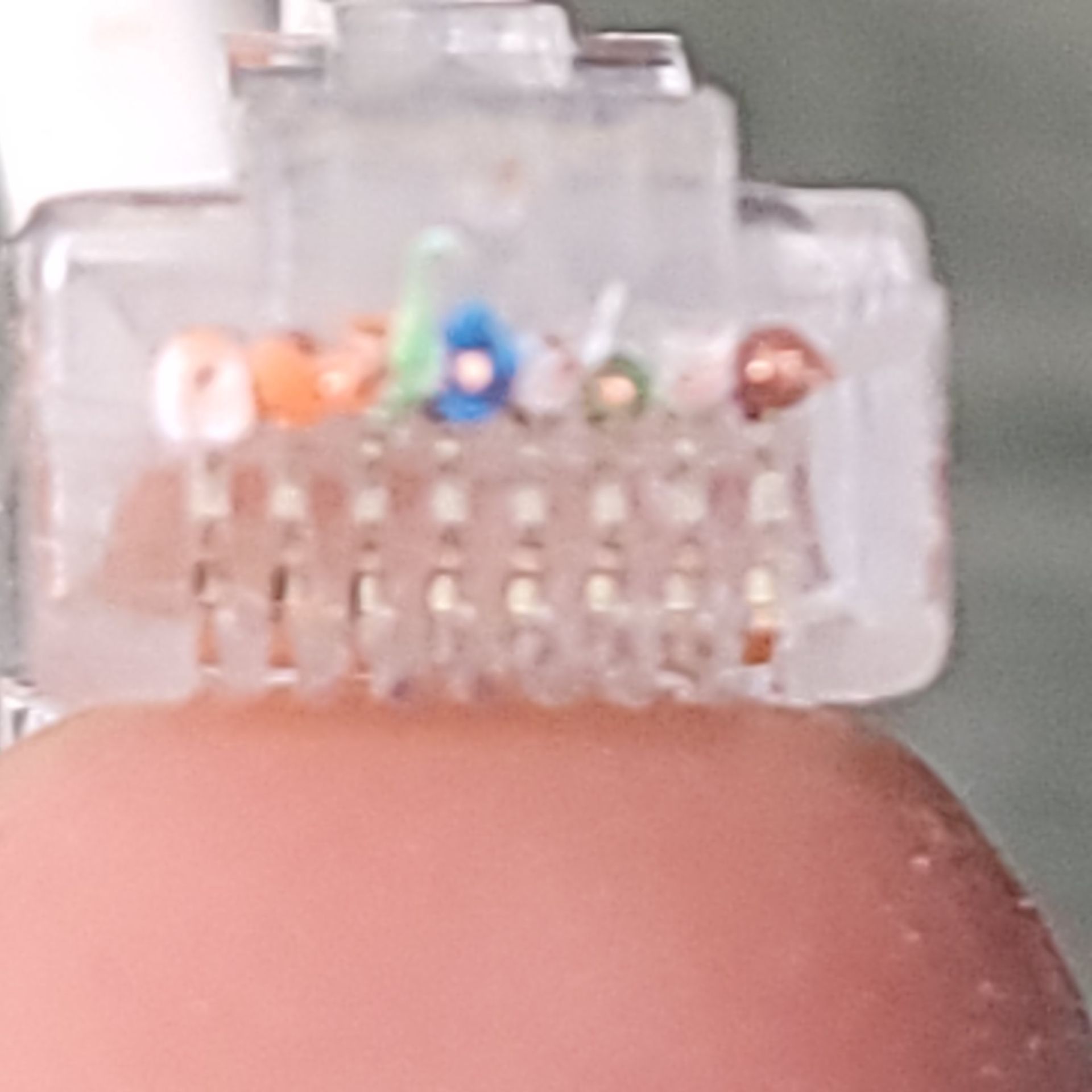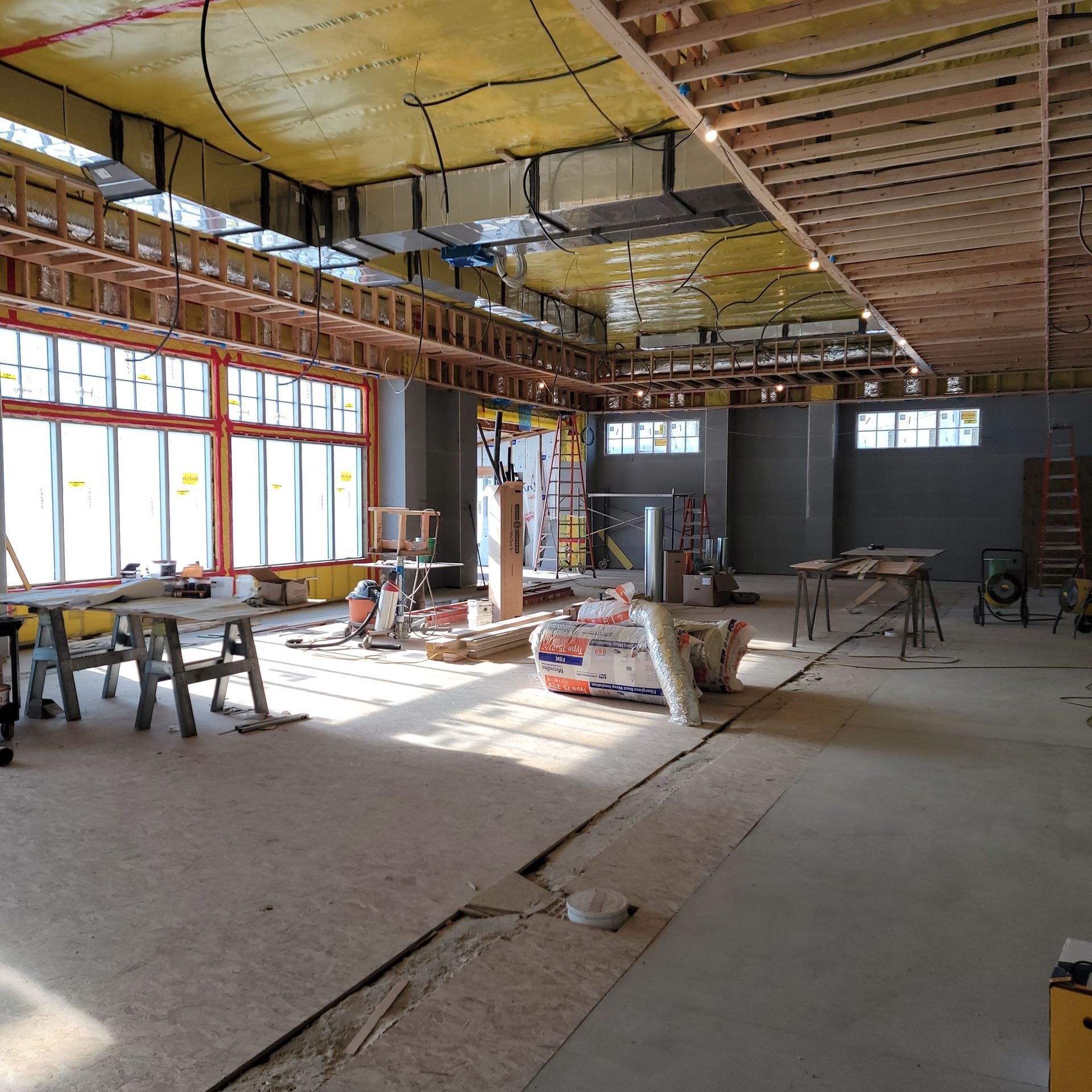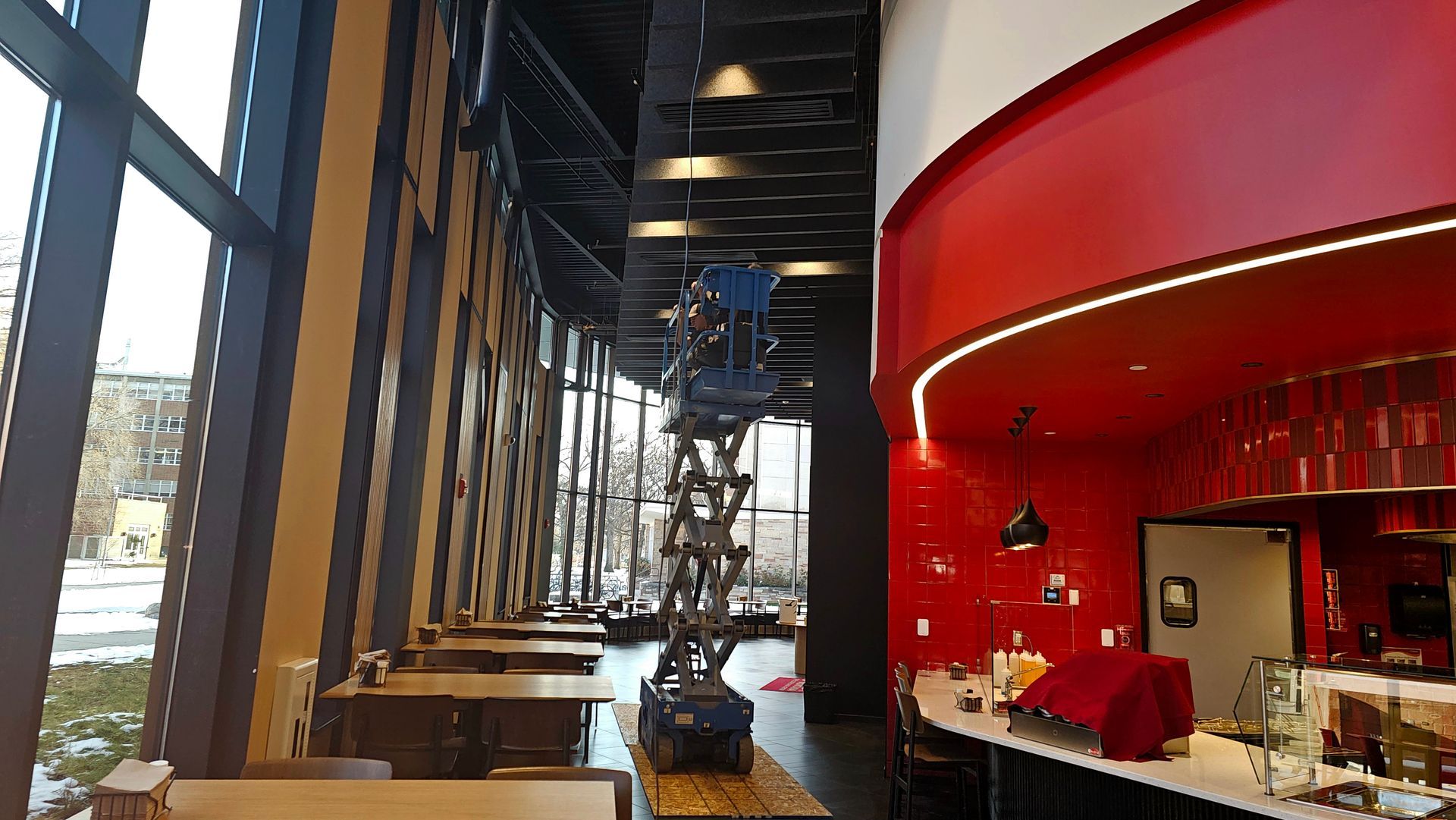When the Electrician Drops the Ball: Smart Home Cleanup Stories
When the Electrician Drops the Ball: Smart Home Cleanup Stories

In this particular case, the issues weren’t just about sloppy execution—they were about missed opportunities. Without labeling, it's nearly impossible to troubleshoot or expand the system in the future. Without proper documentation, any future installer (or even the original team) is left guessing. And without planning for endpoints like cameras, touchscreens, and network gear, the home ends up with a bunch of wires in the walls that don’t serve any clear purpose.
That’s where we come in. At Smart Home Solutions, we specialize in turning chaos into clarity. Our team does more than just install gear—we design systems that work, and we document them every step of the way. When we get called into a project like this, our first step is to walk the site and take inventory: where are the wires going, which ones are labeled, which ones aren’t, and where are the critical gaps?
From there, we clean things up. We re-label every wire we can identify. We mark photos with zones and functions, and we reroute wires if necessary to match the actual needs of the system. Sometimes that means moving a wire a few feet to get it where a camera will actually be installed. Other times, it means cutting our losses and adding a new run entirely. The important thing is that we leave the site with a plan—and with documentation that the client can refer back to at any time.

For builders and project managers, this kind of rescue work is a wake-up call. The smart home industry has grown rapidly in the last decade, and what used to be considered a luxury feature is now expected in many new builds. But expectations don’t build systems—experience does. And experience is what allows our team to know, for example, that running a network cable through an exterior wall requires a UV-rated sheath, or that planning for a front gate intercom needs more than just power—it needs a control strategy.
It’s worth noting that electricians aren’t doing anything malicious here. In most cases, they’re just trying to provide value and avoid bringing in another subcontractor. But good intentions aren’t enough when the result is a system that doesn’t function or integrate correctly. And the costs of fixing these mistakes later are often far greater than doing it right the first time.
One of the things we pride ourselves on is being easy to work with. We collaborate with builders, electricians, and homeowners to design systems that work for everyone involved. If the electrician has already pulled the wire, that’s fine—we’ll help make sense of it. If we get involved before the pre-wire starts, even better. Either way, our goal is always the same: a smart home that lives up to the name.

So what can you do if you’re a builder or project manager reading this? First, make sure you’re working with a low-voltage expert early in the process. Don’t wait until trim-out to figure out where the cameras and touchscreens should go. Second, insist on documentation. A clean wire map, labeled endpoints, and photos of each zone go a long way toward keeping things smooth down the road. And finally, don’t be afraid to ask for help. If your electrician says they can "do low voltage too," just make sure that includes the experience and planning needed to back it up.
At Smart Home Solutions, we’re here to help builders deliver on the promise of smart homes. Whether you’re starting fresh or cleaning up a mess, we’ll make sure your smart home actually starts smart.











